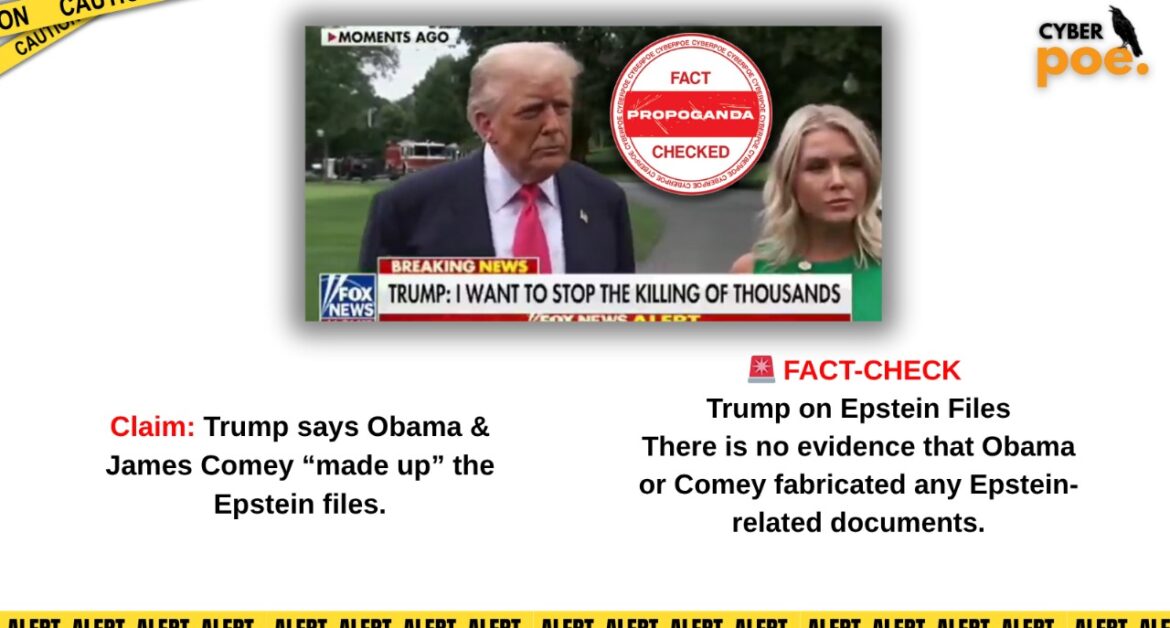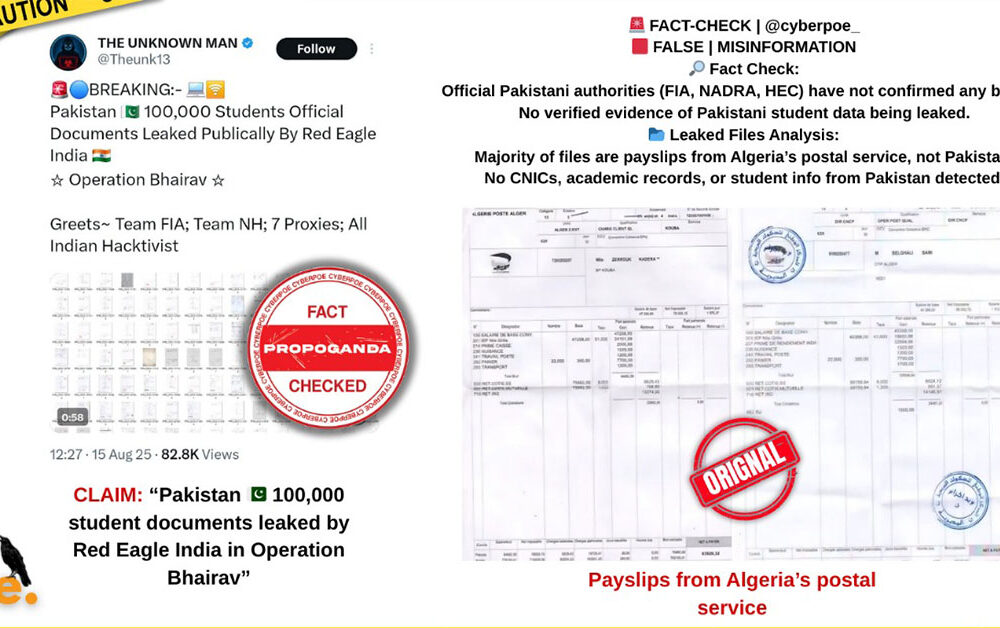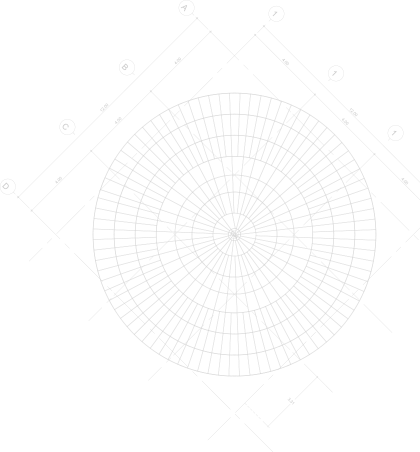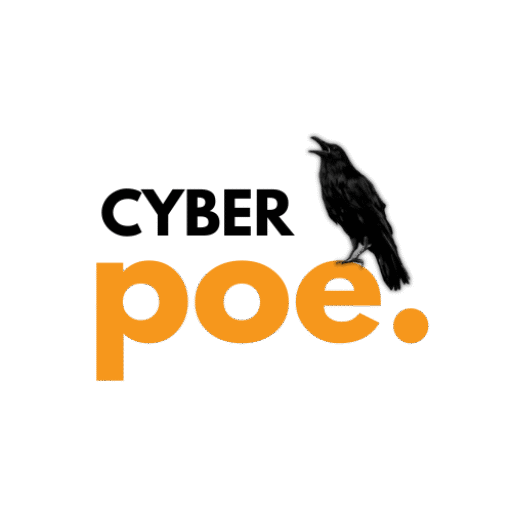
Project Info
Category
Date
Trump says Obama & James Comey “made up” the Epstein files.
Introduction: Fact-Checking in a Polarized Climate
In today’s polarized political climate, misinformation has evolved into a sophisticated weapon of narrative warfare. It is no longer confined to fringe discussions or obscure online forums false claims now shape mainstream political debates, influence voter perceptions, and, in some cases, alter the course of institutional trust. High-profile figures often employ misinformation not simply to mislead, but to confuse timelines, rewrite historical context, and cast doubt on adversaries and institutions.
A recent example comes from Donald Trump, who publicly alleged that former U.S. President Barack Obama and ex-FBI Director James Comey “fabricated” the Jeffrey Epstein files as part of a political conspiracy to discredit him and his allies. Such a statement, on its face, is extraordinary: it attempts to link one of the most infamous criminal cases of the last two decades to a partisan narrative of sabotage.
Recognizing the gravity of this claim, CyberPoe initiated a multi-source, case-study style investigation. Our analysis drew on a wide range of evidence judicial records, Department of Justice documents, FBI activity logs, congressional oversight reports, established media archives, and independent fact-checking organizations. In addition, we monitored how this claim circulated across digital platforms, from mainstream outlets to partisan echo chambers on Twitter/X, Facebook, and YouTube.
Methodology: How CyberPoe Investigated
CyberPoe approaches fact-checking not as a reactionary exercise, but as a structured investigation grounded in evidence and methodology. In order to test the validity of Donald Trump’s claim, we designed a multi-layered verification process that draws on journalistic rigor, academic research techniques, and digital platform monitoring. The following five pillars guided our inquiry:
- Timeline Verification
Establishing the precise chronology of the Jeffrey Epstein investigations was the first step. By mapping out events from Epstein’s initial legal troubles in 2005 through his high-profile arrest in 2019, we identified which U.S. administrations were responsible for key developments. This timeline analysis allowed us to immediately test Trump’s claim against historical reality. - Role Analysis
Fact-checking requires not only when events occurred, but who was in a position to influence them. We reviewed the official roles, responsibilities, and tenures of Barack Obama and James Comey. This included examining Obama’s presidential timelines, Comey’s tenure as FBI Director (2013–2017), and any recorded linkages between their offices and the Epstein files. - Document Review
We cross-checked primary sources including Department of Justice press releases, FBI activity logs, and publicly available court filings. Where available, we also referred to congressional oversight reports and testimonies. This ensured that our conclusions were anchored not in commentary, but in official documentation. - Cross-Platform Analysis
Given the viral nature of the claim, we extended our research to media and digital platforms. We examined coverage from reputable international outlets such as The New York Times, BBC, Reuters, and Associated Press, while also reviewing independent watchdog assessments (PolitiFact, Snopes). In parallel, we tracked the circulation of Trump’s claim across Twitter/X, Facebook, and YouTube to understand how misinformation spreads across partisan ecosystems. - Misinformation Context
Finally, we placed Trump’s statement within the broader context of political misinformation patterns. CyberPoe researchers have documented recurring rhetorical tactics such as timeline distortion, scapegoating opponents, and evoking “Deep State” conspiracies which Trump’s claim clearly reflects. By studying the linguistic and strategic framing of this statement, we were able to situate it within an established disinformation playbook.
📌 The Claim
Trump’s statement suggested that Barack Obama and James Comey conspired to “make up” Epstein files to politically target him.
At face value, this accusation implies:
- The Epstein files originated under Obama’s administration.
- James Comey, as FBI Director, actively fabricated or manipulated these files.
- The investigation was politically engineered, not legally grounded.
📰 Media & Platform Analysis
CyberPoe’s investigation also reviewed mainstream media coverage and digital discourse to assess how this claim spread:
- Mainstream Reporting – Outlets such as Reuters, BBC, Associated Press, and The New York Times corroborate the established timeline. They consistently report the 2005 police case in Florida, the 2008 plea deal under Bush-era DOJ officials, and the 2019 charges under Trump’s DOJ. None attribute responsibility to Obama or Comey.
- Independent Watchdogs – Platforms like PolitiFact and Snopes have similarly debunked attempts to link Epstein’s files to partisan conspiracies, further validating our findings.
- Social Media Discourse – A cross-platform scan (Twitter/X, Facebook groups, and YouTube commentary) shows that Trump’s claim gained traction primarily in pro-Trump echo chambers. Here, misinformation circulates quickly, often without correction, creating an illusion of credibility through repetition.
This amplification effect is instructive: political narratives often travel faster than corrections. False claims can dominate attention spans long before fact-checks catch up. It is precisely this gap that makes fact-checking platforms like CyberPoe necessary.
🎭 Disinformation Context: Why This Claim?
CyberPoe situates Trump’s allegation within the broader framework of political disinformation strategies identified by scholars of communication and propaganda. Three recurring tactics stand out:
- Confuse – Trump attempts to rewrite timelines by placing Obama and Comey in a narrative where they had no institutional involvement. This muddles public memory of when the Epstein files were created and under whose jurisdiction.
- Distract – The allegation serves as a deflection from Trump’s own DOJ’s role in handling Epstein’s final arrest and subsequent fallout in 2019. By shifting attention to past administrations, scrutiny on his own tenure is reduced.
- Delegitimize – By framing Obama, Comey, and the FBI as conspirators, Trump feeds into his long-standing narrative of a “Deep State” plotting against him. This reinforces distrust in institutions and energizes his political base.
By invoking Epstein a name already surrounded by intrigue and secrecy Trump achieves maximum resonance: he activates existing conspiracy theories, sows doubt in institutions, and repositions himself as the victim of a supposed cover-up.
CyberPoe has documented similar strategies in previous case studies, demonstrating that this is not an isolated occurrence but part of a repetitive disinformation playbook.
✅ Bottom Line
After conducting a multi-source investigation reviewing timelines, official records, media archives, and platform dynamics the conclusion is unequivocal:
- Epstein’s legal troubles originated in 2005, before Obama’s presidency.
- James Comey, serving as FBI Director from 2013–2017, had no documented involvement in opening or manipulating Epstein’s files.
- The most consequential developments in Epstein’s case including his arrest and federal charges occurred in 2019 under Trump’s own DOJ.
Trump’s claim is therefore a politically motivated falsehood. It reflects a broader pattern of misinformation: weaponizing high-profile scandals, distorting timelines, and delegitimizing opponents.
CyberPoe’s Commitment
At CyberPoe, we move beyond surface-level debunking. Our fact-checks are research-driven investigations, informed by official documents, cross-platform analysis, and an understanding of disinformation tactics.
Misinformation thrives where scrutiny is absent. Fact-checking is the antidote and in polarized times, it is also a civic responsibility.
Verdict: ❌ FALSE.
Obama and Comey did not “make up” the Epstein files. The record is clear, and the evidence is overwhelming.
Stay sharp. Stay fact-based.





